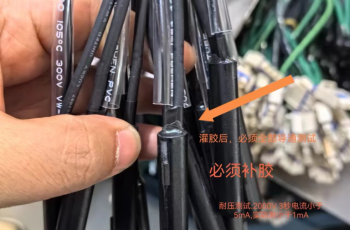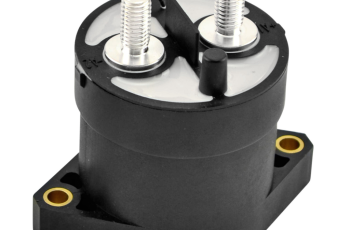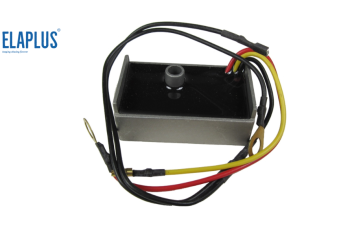Elaplus Case Study on Waterproof and Airtight Protection of Automotive Integrated PCB
Against the backdrop of rapid development in automotive electronic applications, automotive integrated PCBs, as the core carrier of electronic products, are facing increasingly stringent environmental challenges. How to ensure that PCBs can maintain stable working conditions even when exposed to external factors such as moisture, dust, chemical corrosion, and mechanical impact has become a key concern for engineering and manufacturing personnel. For this reason, Yilian chose RTV SIPC 1859 dealcoholized silicone adhesive sealant as the solution. Through its application in PCB frame sealing and buckle fixing, it successfully built a sturdy waterproof, airtight, and mechanical protection barrier for automotive electronic systems. Waterproof and airtight protection of automotive integrated PCB With the continuous improvement of automotive intelligence and electronic system integration, automotive integrated PCBs play a crucial role in key components such as in vehicle networks, sensors, and control units. However, during the operation of automobiles, integrated PCBs often face severe challenges in the following aspects:Waterproof and airtight requirements: During driving, cars not only need to deal with the invasion of rainwater, car wash water, and humid environments, but also need to prevent water vapor and dust from entering the interior through the gaps of the PCB shell, which can cause corrosion and damage to the circuit board and components.Frame sealing and buckle fixation: To ensure the sealing effect, the PCB frame must be tightly sealed; Meanwhile, enhancing the stability and seismic resistance of the overall structure through buckle fixation is a necessary means to ensure the normal operation of electronic products in complex environments such as vibration and thermal shock.Environmental adaptability: The working temperature range of automotive integrated PCBs is usually wide, and stable mechanical and electrical properties must be maintained from low temperature environments (-60 ℃) to high temperature environments (300 ℃). Sealing materials are required to have excellent…
More








